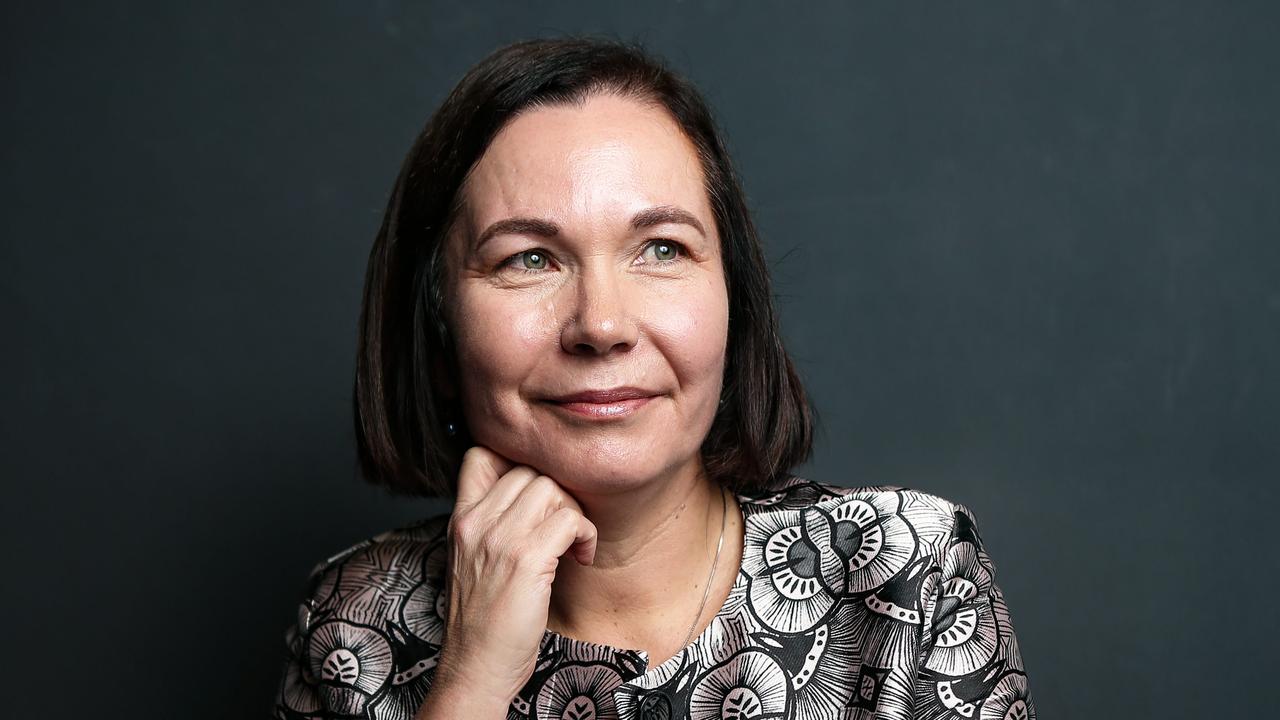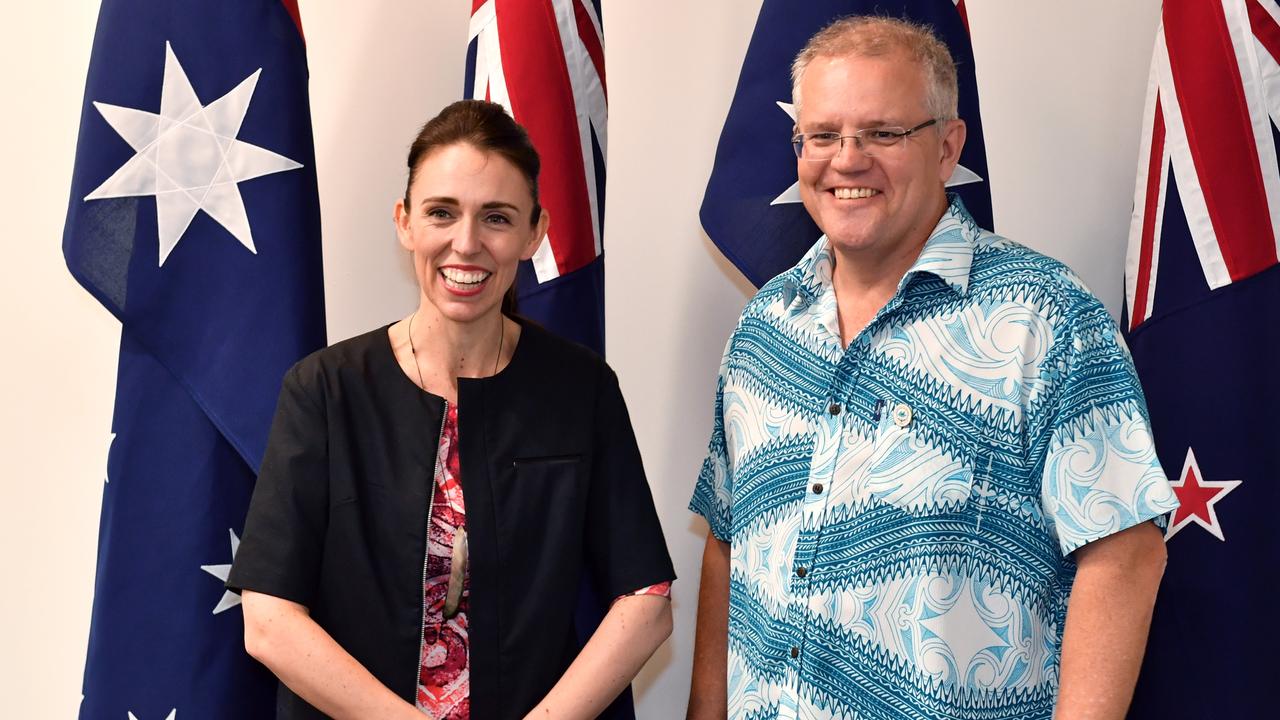Low interest rate strategy is yet to work miracles
When Philip Lowe took over the governorship of the Reserve Bank in September 2016, he amended the bank’s agreement with the government to spell out that in setting interest rates, the goal should not only be to deliver an inflation rate of between 2 and 3 per cent but also to preserve the stability of the financial system.
In his early appearances before the House of Representatives economics committee, Lowe admitted the Reserve Bank staff wanted further cuts to the benchmark interest rate to give further support to an underperforming economy. But he argued that lower interest rates would only lead households to borrow more and push house prices higher. This would increase the fragility of the financial system, he argued.
Two and a half years later, the Reserve Bank’s cash rate remains at the record low of 1.5 per cent set by his predecessor, Glenn Stevens, at his final board meeting as governor. Inflation remains well below the central bank’s target, as it has been for four years, averaging just 1.7 per cent.
The housing market boom in Sydney and Melbourne, which had been gathering steam since 2013 and took off following the final 2016 rate cut, has given way to a bust.
Public policy is full of compromises and never perfectly achieves its goals. However, in aiming to deliver both financial stability and an inflation rate of between 2 and 3 per cent with the single instrument of the cash rate, the Reserve Bank is achieving neither.
When the Reserve Bank adopted inflation targeting in the early 1990s, following the lead of the Reserve Bank of New Zealand, the objective was to ensure there was no return to the elevated inflation of the 1970s and 80s, when price growth was in double digits. High inflation destroyed incentives to save and invest as wages and prices chased each other in a vicious circle.
But low inflation is also a problem and is associated with weak demand in an economy. Treasury blames the widespread expectation that inflation will remain low for the weak wage growth of the past few years. Employers will not grant larger wage increases if they do not think they will be able to recoup them from raising prices. The low interest rates that accompany low inflation make life harder for savers, such as retirees.
There is less scope for the central bank to support the economy in a downturn with rate cuts when the benchmark rate is already low.
Some economists argue the Reserve Bank should have tried harder to get inflation back to the target band in Lowe’s first years as governor. The University of Sydney’s US Studies Centre has published a paper by Stephen Kirchner arguing this point, while it is also advocated by independent economist Nick Gruen.
A deputy governor of Sweden’s central bank, Lars Svensson, resigned over his bank’s insistence on raising rates to counter a housing boom in 2011 and 2012 when the economy was still weak. Nobel prize-winning economist Paul Krugman dubbed the Swedish central bank’s action “sado monetarism”.
Svensson used the central bank’s economic model to show that holding the rate steady instead of increasing it would have cut unemployment and returned inflation to its target while the improved growth would have lowered the ratio of household debt to income. Reserve Bank economists are understood to have replicated Svensson’s modelling in Australian conditions, but the work has not been published.
In the early 2000s while Lowe was on secondment to the Bank for International Settlements (a sort of central bank to the world’s central banks), he was joint author of a landmark paper that showed financial systems could be destabilised by asset and credit booms at a time of low inflation. Central banks should be prepared to use their control over interest rates to tackle excesses in housing and other asset markets. The paper was hailed as prescient in the wake of the global financial crisis. It was a strategy that became known as “leaning against the wind”, and provided the background to Lowe’s changes to the Reserve Bank’s agreement with the government and his subsequent reluctance to cut rates.
However, Lowe has always sought to downplay the Reserve Bank’s responsibility for the housing market, describing the impact of interest rate decisions as “really ripples around a longer-term trend which is determined by more fundamental factors”. He cites zoning restrictions, access to credit, population growth and where people want to live.
He also has noted that the house price boom has centred on Sydney and Melbourne, while monetary policy is common across the nation, showing other factors are at work.
However, a paper by Reserve economists published this month suggests that rate cuts were the single biggest factor behind the boom, with a one percentage point rate cut bringing an 8 per cent rise in house prices. One commentator suggests this paper shows the Reserve blew the housing bubble.
Thus far, the Reserve believes the financial system remains stable in the face of the housing downturn. A speech yesterday by the head of the bank’s financial stability department, Michele Bullock, said the biggest concern was in the apartment market, where oversupply could accelerate the price downturn and put developers in jeopardy.
Were the housing downturn to become more intense, there will be a search for scapegoats and the Reserve, which has been caught between a rate that is too high for the health of the economy and too low for the health of the housing market, will become a target.
Across the advanced world, central banks are conceding that their ultra-easy monetary policies of the past decade have failed to deliver sustainable growth and are abandoning plans of returning rates to normal. The Reserve’s recent shift from declaring the next rate move would be an increase to allowing that it may be a cut is part of that trend.
Since winning independence from government in the 1990s, central banks have taken on central responsibility for economic prosperity, as the economic capacity of treasury departments has withered. But there is a growing sense that the monetary policy they have pursued is not working.
The US Federal Reserve this month announced a broad review of its inflation-targeting strategy and the tools it deploys to achieve it. Chairman Jay Powell acknowledged that community trust in institutions was declining, yet the bank’s independence depended on it. The review will include town-hall meetings across the country and consultation with academic and non-government authorities. The Reserve Bank could be smart to follow suit.



To join the conversation, please log in. Don't have an account? Register
Join the conversation, you are commenting as Logout